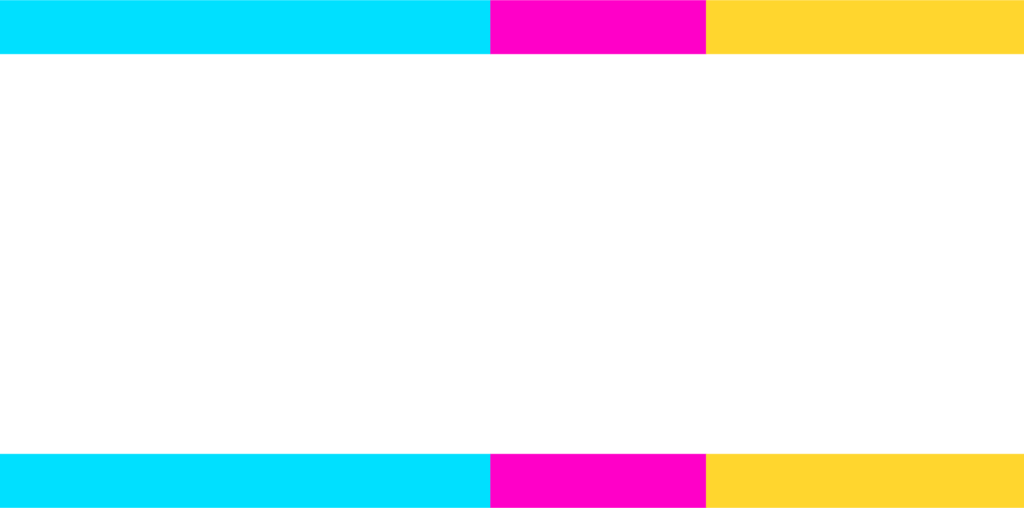{{FOR SEARCH ONLY}}
Six Key Facts About Idaho’s Revenue Shortage and Our Declining Economic Performance July 2014
1. Idaho collects less in taxes than all but two other states.
The Idaho State Tax Commission reports that Idaho ranks 49th among the 50 states and the District of Columbia for the amount of taxes collected, and is dead last among the 11 Western states, leaving us with fewer resources to invest in schools and other priorities. Our overall tax collections are 31% below the national average. When tax collections are examined relative to income level, Idaho is 41st in the nation, and still last in the West.
2. Support for Idaho’s schools has been steadily decreasing and is unequal across school districts.
Idaho’s investment per K-12 student has declined by 16% since 2008 (after taking account of infla- tion), according to the Center on Budget and Policy Priorities. Struggling school districts are increasingly turning to property taxes to fund core operations. The percentage of school districts rely- ing on voter-approved levies has nearly doubled, from 36% to 70%. Districts with higher property values are at a distinct advantage in raising funds, leading to wide disparities in school resources across the state.
3. Idaho’s support for higher education has dropped sharply, leading to big in- creases in tuition and fees.
A generation ago, Idaho invested more in higher education, knowing that making college accessible would strengthen our economy. Then we began moving in the opposite direction. Just since 2008, Idaho has decreased state funding for colleges
and universities by 37% per student, adjusted for inflation. The costs are increasingly shifted onto students in the form of tuition hikes. In 1980, tuition was 7% of the cost of college. By 2014, it was 47%.
This appears to be making higher education unaf- fordable for a growing number of people. Recent years saw a decrease in the percentage of Idaho’s high school graduates enrolling in college, despite state- wide efforts to encourage postsecondary education.
Tuition Covers a Growing Share of Higher Education Costs in Idaho
50% 40% 30% 20% 10% 0%
Idaho Center for Fiscal Policy
’80 ’82 ’84 ’86 ’88 ’90 ’92 ’94 ’96 ’98 ’00 ’02 ’04 ’06 ’08 ’10 ’12 ’14
4. Idaho has steadily cut revenues since the late 1990s.
These cuts mean we have $500 million less to invest each year in education, health care, public safety and other priorities. While the Great Recession substan- tially reduced revenues, much of the long-term loss is due to policies that Idaho enacted over the past 15 years.
5. Idaho’s low- and moderate-income res- idents pay a larger share of their income in taxes than the highest earners do.
When sales, property, and state income taxes are all taken into account, the bottom 20% of families (those earning less than $18,000) pay the largest share of their income, at 8.2%. In contrast, the top 1% of earners (with incomes above $316,000) pay 6.4% of their income.
6. Idaho’s per capita income is lower than all but one state – Mississippi.
While Idaho has always been a lower-income state, we have plummeted in the rankings recent- ly, at the same time that we reduced revenue and investments. In 1999, Idaho’s personal income per capita exceeded that of 10 other states. It now only exceeds that of one state, Mississippi.
Number of States with Lower Income Levels than Idaho
Source: Per-capita personal income figures from the Bureau of Economic Analysis.
Wealthier Idahoans pay the least in state and local taxes, as share of income
10% 8% 6% 4% 2% 0%
Lowest Second Middle 20% 20% 20%
Source: Institute on Taxation and Economic Policy,
Who Pays? A Distributional Analysis of the Tax Systems in All 50 States, 4th Edition (January 2013).
8.2%
7.8% 7.8%
8.0%
7.6%
6.8%
6.4%
Fourth Next
20% 15% 4%
Next Top 1%
Idaho Center for Fiscal Policy
1607 W. Je erson Street Boise, ID 83702 Phone: (208) 388-1014 Fax: (208) 336-0880
info@idahocfp.flywheelsites.com/ www.idahocfp.flywheelsites.com/
The Idaho Legislature’s 2025 Income Tax Relief Package Left Middle-Income Families Behind
- The Idaho Legislature is responsible for allocating millions of tax dollars each year to support Idaho’s families, businesses, schools, and communities. Over the last


